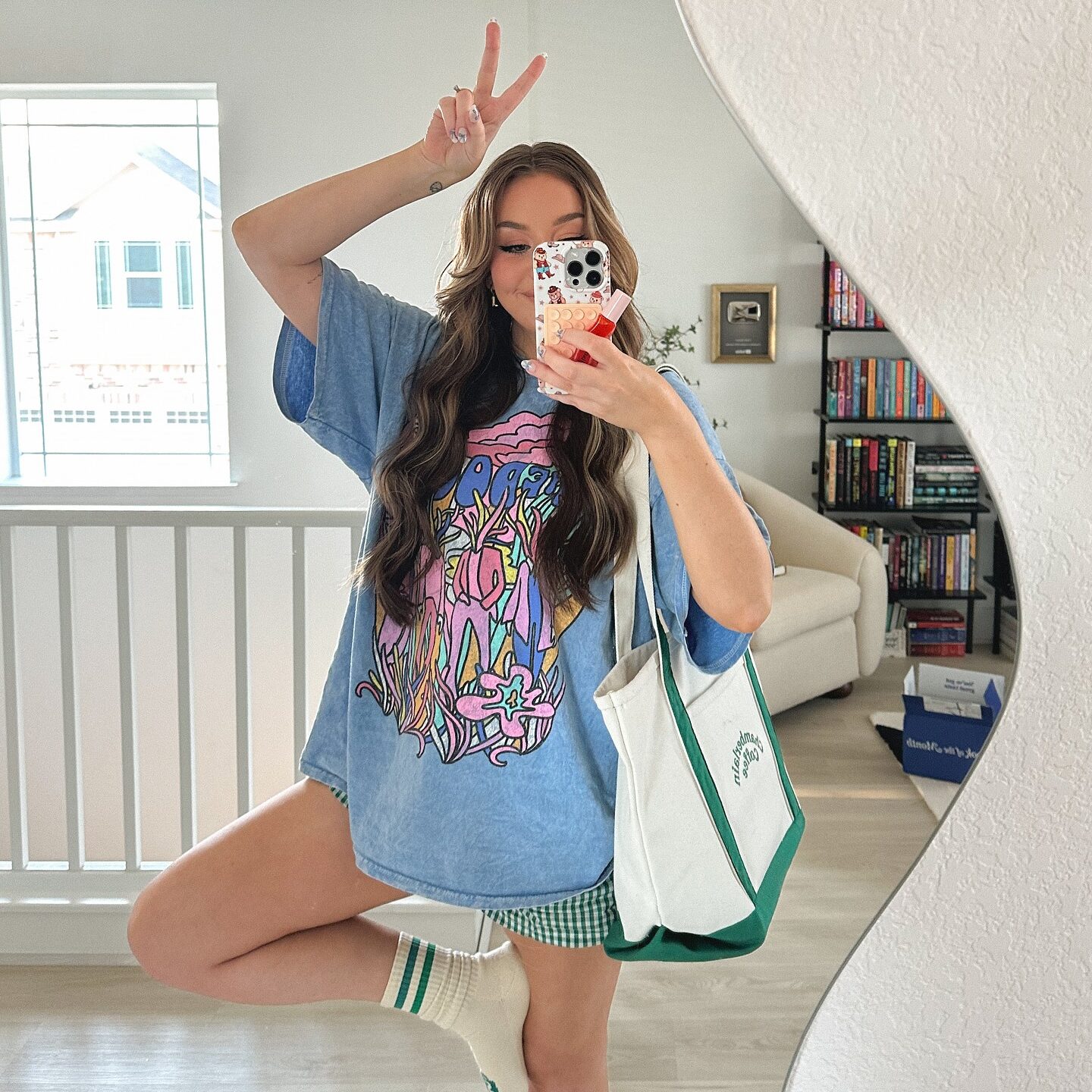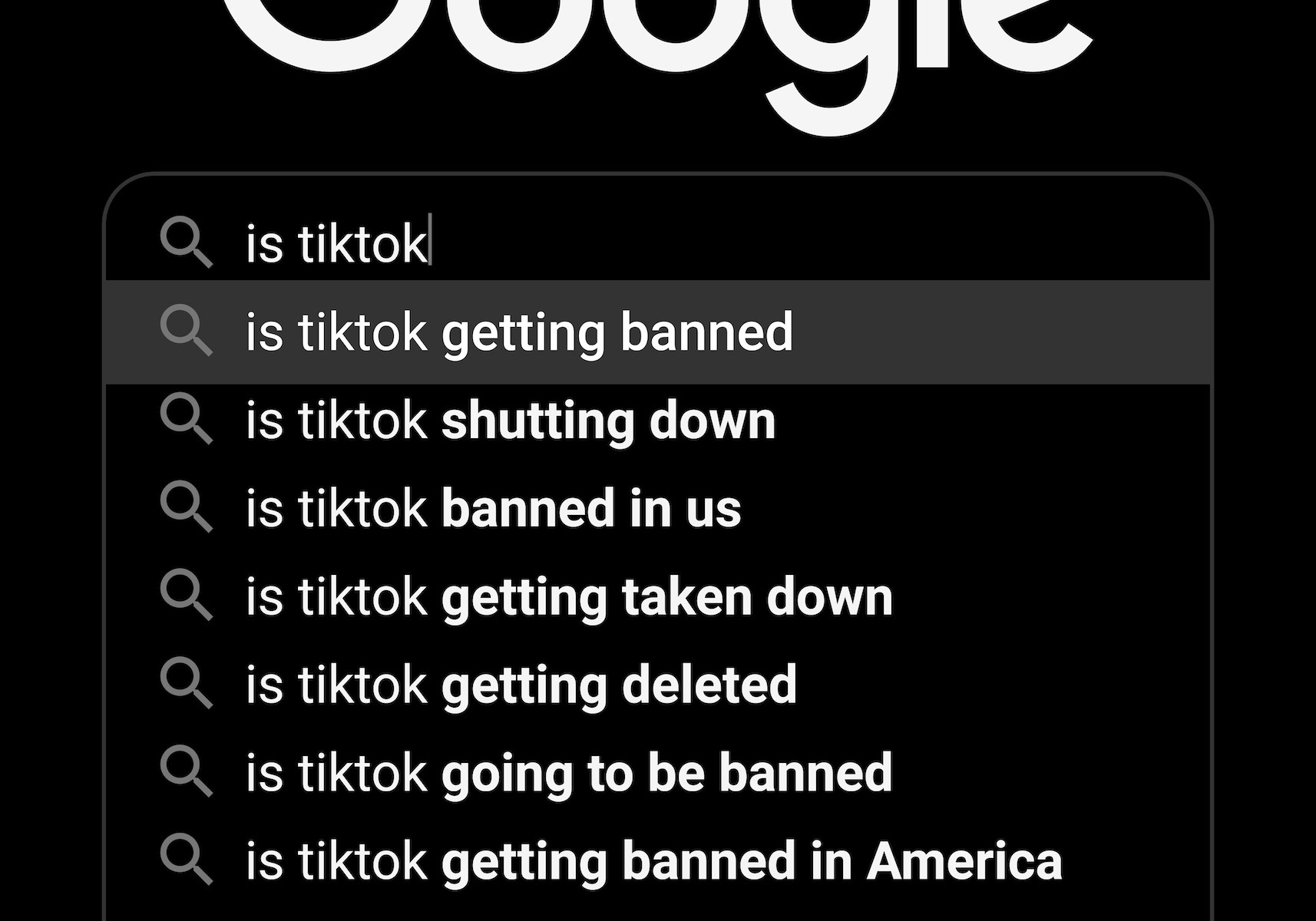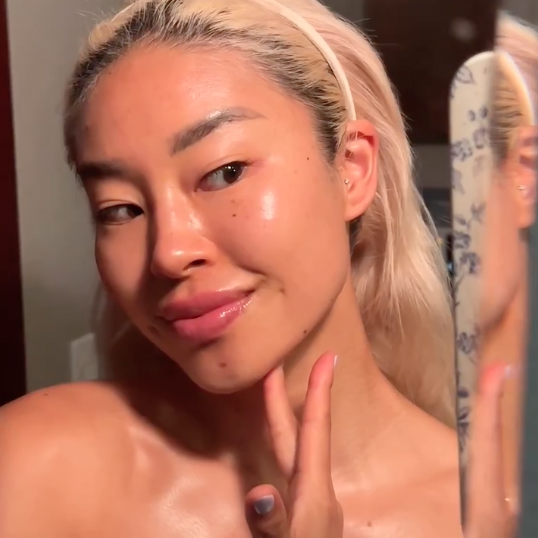It’s no secret that influencer marketing has quickly become a powerful strategy for brands looking to connect with their audience. However, as this space has grown, so has the emergence of fraudsters. What are fake influencers? These individuals are phony “influencers” who have fabricated or significantly inflated their follower counts and engagement metrics to appear more influential than they are. By understanding how to spot fake influencers, brands can ensure they partner with genuine talent, preserving the integrity of their marketing efforts.
Understanding The Rise of Fake Influencers
Fake influencers use deceptive tactics to appear more popular and influential online than in reality. Unlike genuine influencers, who build their followings through consistent, high-quality content and authentic engagement with their audience, these “fakefluencers” often purchase followers, likes, and comments to artificially inflate their metrics. This practice not only misleads brands and audiences but also undermines the credibility of the influencer marketing industry as a whole.
There are many reasons why people choose this path, and understanding why these individuals resort to these tactics can help in learning how to spot fake influencers. What are fake influencers’ motivations? Here are some common reasons why:
Financial Incentives:
Most sham influencers are financially motivated. The allure of lucrative brand deals and sponsorships can tempt individuals into artificially boosting their online presence. These sham influencers target small or newer brands that might need to learn how to spot fake influencers. As a result, the brand is duped into a campaign that won’t yield the expected results.
Social Status and Prestige:
In a society where online popularity can translate to real-world status, the desire to be seen as an influencer can drive people to adopt dishonest tactics. There are many videos online with influencers who claim, “I have millions of followers,” or some similar statement as a sign of social prestige. This quest for social validation fuels the growth of fake influencers and could motivate other promising influencers to try and inflate their followers.
Competitive Edge:
With the increasingly saturated influencer market, standing out becomes challenging. Some individuals use inauthentic means to gain a competitive advantage and attract brand attention. The existence of shady businesses that offer “followers” packages makes it relatively easy and comparatively cheap for fake influencers to purchase.
The Impact of Fake Influencers on the Industry
The presence of fake influencers in the digital marketing landscape is not just a minor inconvenience but a significant challenge with real financial and reputation-related consequences for brands. Brands that unknowingly partner with fake influencers spend part of their marketing budgets on primarily nonexistent or disengaged audiences. This misallocation of resources leads to poor campaign performance and a lower return on investment.
Fake influencers also create a cluttered environment that can overshadow the hard work of genuine influencers. This makes it more difficult for authentic voices to be heard and recognized, potentially discouraging authentic talent and diminishing the overall quality of influencer marketing.
Unfortunately, sham influencers have become increasingly common in recent years due to the lucrative rewards associated with social media influencing. By creating fake profiles and purchasing fake followers, these influencers can appear more popular and influential than they are. Phony influencers face little to no consequences, and the rewards for a successful fake influencer account can be high, at least in the short term.
How to Spot Fake Influencers
So, we’ve covered what fake influencers are; now let’s discuss how to identify them. Identifying phony influencers requires a keen eye and a thorough vetting process. Here are 3 investigative strategies to help spot inauthentic influencer activity:
Disproportionate Follower Counts to Engagement Rates:
Genuine influencers typically have engagement rates that correlate with their follower counts. An influencer with many followers and comparatively low engagement rates is an easy red flag to spot. Another key indicator of a phony influencer is inconsistencies in the low engagement rate. Inconsistencies such as spikes in likes or comments that don’t match the influencer’s average activity are especially easy to spot. Comments that are vague, irrelevant, or repetitive may indicate purchased engagement.
Quality and Authenticity of Followers:
Examining an influencer’s followers can reveal signs of inauthenticity. Many fake follower accounts have no profile pictures, low activity, or generic names that might suggest a purchased audience. These fake followers typically follow many accounts and have a low number of followers themselves. Be sure to spot-check these accounts for the number of images they have posted; fake followers will usually have very few posts.
The Influencer’s Content Quality and Relevance:
Authentic influencers invest time and effort into creating high-quality, relevant content for their audience. For example, a fitness influencer will post many times daily and have a consistent number of followers who view and engage with them throughout the day. A phony influencer whose content lacks substance or doesn’t align with their supposed niche may not be genuine. These sham influencers will typically post inconsistent content that is not valuable or entertaining.
By applying these investigative strategies, brands can better navigate the influencer marketing landscape, distinguishing between those who have built their followings through genuine engagement and those who have yet to.
The Digital Dept. Is An Influencer Marketing Company Brands Trust
In a digital landscape where authenticity is paramount to the continued trust of influencer marketing, identifying and partnering with genuine influencers has never been more critical. Brands looking to leverage influencer marketing effectively should prioritize authenticity, ensuring their partnerships align with their values and resonate with their target audience.
Navigating the complex world of influencer marketing demands vigilance and a commitment to authenticity. As brands strive to connect with their audiences through influencers, distinguishing genuine talent from fake influencers becomes a critical skill. By employing the right tools and techniques and focusing on meaningful partnerships, brands can enhance their marketing strategies and achieve better outcomes.
When you partner with The Digital Dept., you don’t need to worry or ask, “What are fake influencers?” With our expertise in digital marketing and a keen eye for genuine influencer talent, we can guide you toward successful collaborations that resonate with your audience and amplify your brand’s message. We service the USA from coast to coast; contact us today to learn more and start an impactful campaign.






